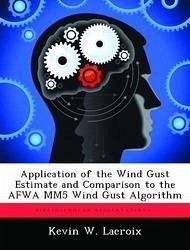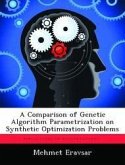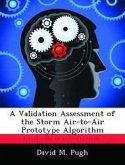The Air Force Weather Agency (AFWA) runs the Penn State/NCAR Mesoscale Model 5 (MM5) as their main mesoscale weather forecast model. One of the post-processing procedures is a diagnostic algorithm, which is used to help identify convective and non-convective wind gusts. Anecdotal evidence by operational forecasters who use this product identify the AFWA algorithm as habitually over-forecasting wind gusts. O. Brassuer has identified a new Wind Gust Estimate (WGE), a physically based method of computing non-convective wind gusts. The WGE surmises that Turbulent Kinetic Energy (TKE) transfers the momentum of faster upper-air winds to the surface, overcoming the buoyant energy of the surface layer. This work focuses on the conversion of Brassuer's WGE to FORTRAN code and the use of post-processed CONUS AFWA MM5 model output to estimate wind gusts by the WGE method. The WGE and AFWA methods are then categorically compared for accuracy and skill in forecasting wind gusts, to determine if the WGE method is superior to the current method. Three geographical regions are identified to determine gust sensitivities of the WGE and AFWA algorithms.
Hinweis: Dieser Artikel kann nur an eine deutsche Lieferadresse ausgeliefert werden.
Hinweis: Dieser Artikel kann nur an eine deutsche Lieferadresse ausgeliefert werden.








